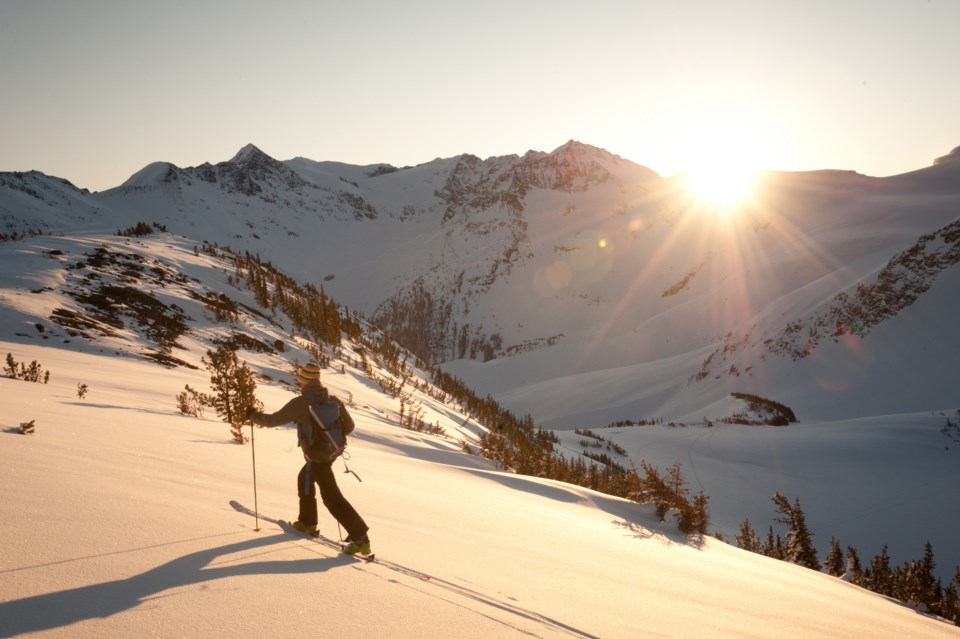Monday is the first official day of B.C.'s March Break, and weather in Whistler has already gone from a full-blown blizzard to sunny with wide swathes of blue sky in the span of a single afternoon.
So what does Mother Nature have in store for the rest of the week?
More sunshine and mild, spring-like temperatures, according to Environment Canada, but not before one more day of sub-zero lows and precipitation.
Forecasters are calling for temperatures that will feel like -6 degrees C with the wind chill in the Whistler Valley on Tuesday morning, March 14, with cloudy skies and a 60-per-cent chance of flurries. That will change to a 60-per-cent chance of rain in the afternoon as temperatures reach a high of 3 C.
It looks like Whistler skiers and snowboarders should be safe to tuck the heavy-duty Gore-Tex away for the rest of the week: Environment Canada anticipates a string of sunny days for the Sea to Sky, with a few clouds thrown into the mix.
Wednesday's forecast predicts clear skies and a high of 6 C (alongside a 30-per-cent chance of showers), rising further to a high of 8 C for both Thursday and Friday—ideal weather for some St. Patrick's Day revelry, if you're so inclined.
Temperatures are expected to climb further into the double-digits heading into the weekend, with Canada's weather agency currently predicting a high of 12 C on Saturday and 11 C on Sunday.
Those temperatures aren't too far off from Whistler's typical mid-March conditions: the average high in the valley on March 13 is 6.7 C, compared to an average low of -2.8 C. The warmest day on record occurred in 1992, when the mercury spiked all the way to 17 C.
The clear, sunny conditions should also help quell Whistler's avalanche danger rating later in the week, after it rose to "high" for alpine terrain and "considerable" for terrain at or below the treeline on Monday, March 13. Still, avalanche danger for alpine terrain around Whistler is predicted to fall into the "considerable" category up until Thursday, meaning natural avalanches are possible and human-triggered avalanches are likely.
Play safe, and head to Avalanche Canada's website to check updated forecasts and bulletins before heading into the backcountry.




